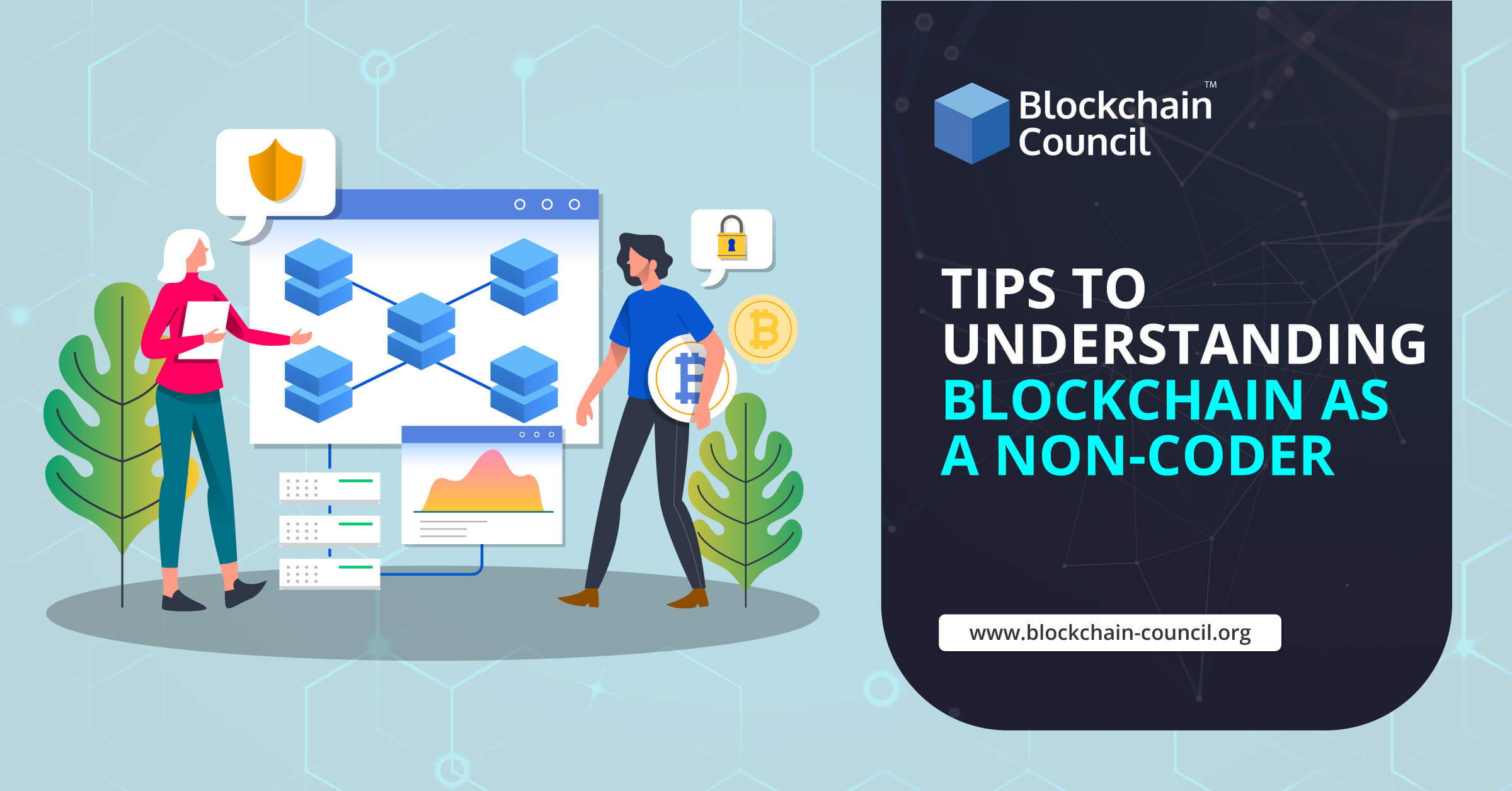
- Toshendra Kumar Sharma
- January 31, 2020
Are you an individual having a profound passion for learning all about blockchain, but don’t know where to start? Don’t worry, you are not alone! The first and foremost thing to keep in mind is to overcome the fear of learning something new. This rests on two questions: Where can I start, and when will I master it?
It is an understandable fact that the thought of learning all about a disruptive technology that has a wide array of benefits can be daunting. But, thanks to the internet, learning blockchain concepts has become simple and can be learned within less time as a whole world of information is made available to you just with the click of a button.
This article will focus on the basic concepts to be learned to understand the basics of a blockchain and the attainable ways you can adopt to speed up your learning process.
Blockchain Technology- Concepts to Learn
Let us first analyze the blockchain concepts you would need to learn to gain a fair understanding of blockchain and decentralized technologies, in general.
What is Blockchain Technology?
Before you start learning the technicalities of a blockchain, you first need to grasp the definition of blockchain. A blockchain is a shared digital ledger or database that securely maintains a growing list of records or transactions. You can understand it as being a spreadsheet like Excel. But there are certain special qualities that make blockchains stand apart from traditional databases such as:
- Decentralized- There is no central authority who sets rules and approves transactions.
- Public ledger- Each and every entry on the blockchain is maintained by nodes or servers and each node can view the transaction data stored in the blocks.
- Trusted- The distributed nature of a blockchain network needs computer servers for reaching a consensus. This allows transactions to happen between unknown parties.
- Automated- Blockchain software is written in such a way as to avoid the occurrence of conflicting transactions in the dataset. Transactions occur automatically in a blockchain.
- Distributed- A blockchain network is distributed which means that transactions between parties happen only after the servers reach a consensus.
- Immutable- This implies that a blockchain is tamper-proof. Once any information is added to the blockchain, it cannot be modified or deleted by anyone.
- Public key cryptography- In a blockchain, mathematical principles are used to safeguard digital property. Special algorithms are used to map all valuable data to a public key or global identifier and ownership rights are granted only to the individual who has the private key.
With the help of these pointers, you will now be able to understand that blockchain is a peer-to-peer network storing a chain of transaction blocks. Each participant of the network has read-access but the ownership rights of all data are protected to a public key and only the one with the private key has transaction rights. Each transaction on the blockchain is validated by miners using what we call consensus algorithms or consensus protocols.
Once you understand what a blockchain is you can move on to learn how blockchain works.
So, How Does a Blockchain Function?
Miners, the ones who run the computers on a blockchain network, receive requests to verify transactions. These requests are termed as blocks. After the block is validated, it is passed onto to a node to be added to the blockchain. Once a certain number of blocks are verified, the transaction is deemed valid following which transactional exchange takes place.
In a blockchain, there are also methods put in place to ensure that one miner is not given more authority than another and that all the miners validating blocks are not in the same geographic area.
Once you understand these concepts, it means that you have gained a broader idea of blockchain. But you will certainly still have many unanswered questions- Is it possible for someone to guess my private key? How can a database have a record of each and every transaction? Can an elected miner take over the system?
To get answers to these questions and much more, you can start reading articles, whitepapers, blogs, or research papers online to understand more technical concepts such as hash functions, long chains, hard forks, off-chain scalability, and Merkle trees.
Speeding Up Your Learning Process
To constantly stay in touch with blockchain concepts and to be aware of the advancements that take place in the blockchain sphere, it is important for you to enroll in a structured learning experience. The best way to do this is by enrolling in comprehensive certifications offered by popular online learning platforms. These will provide you with profound knowledge in the fundamentals of blockchain and will give you the essential knowledge and technical skills needed to even pursue a career in blockchain.
Another way of learning blockchain is to read. This is the primary recommendation of insiders from the blockchain industry to non-developers. Understanding the concepts mentioned in Satoshi Nakomoto’s whitepaper, Bitcoin: A Peer-to-Peer Electronic Cash System will provide you a deep understanding of blockchain technology.
Attending events is another way to learn from experts in the blockchain community. You can join groups and attend events across the globe to engage with passionate people. You can also take part in in-person or virtual hackathons to connect with people who solve problems using blockchain.
Conclusion
With blockchain evolving at such a rapid pace, it is important that you evolve too! To get instant updates about blockchain certifications online and become a blockchain expert, check out Blockchain Council.

































































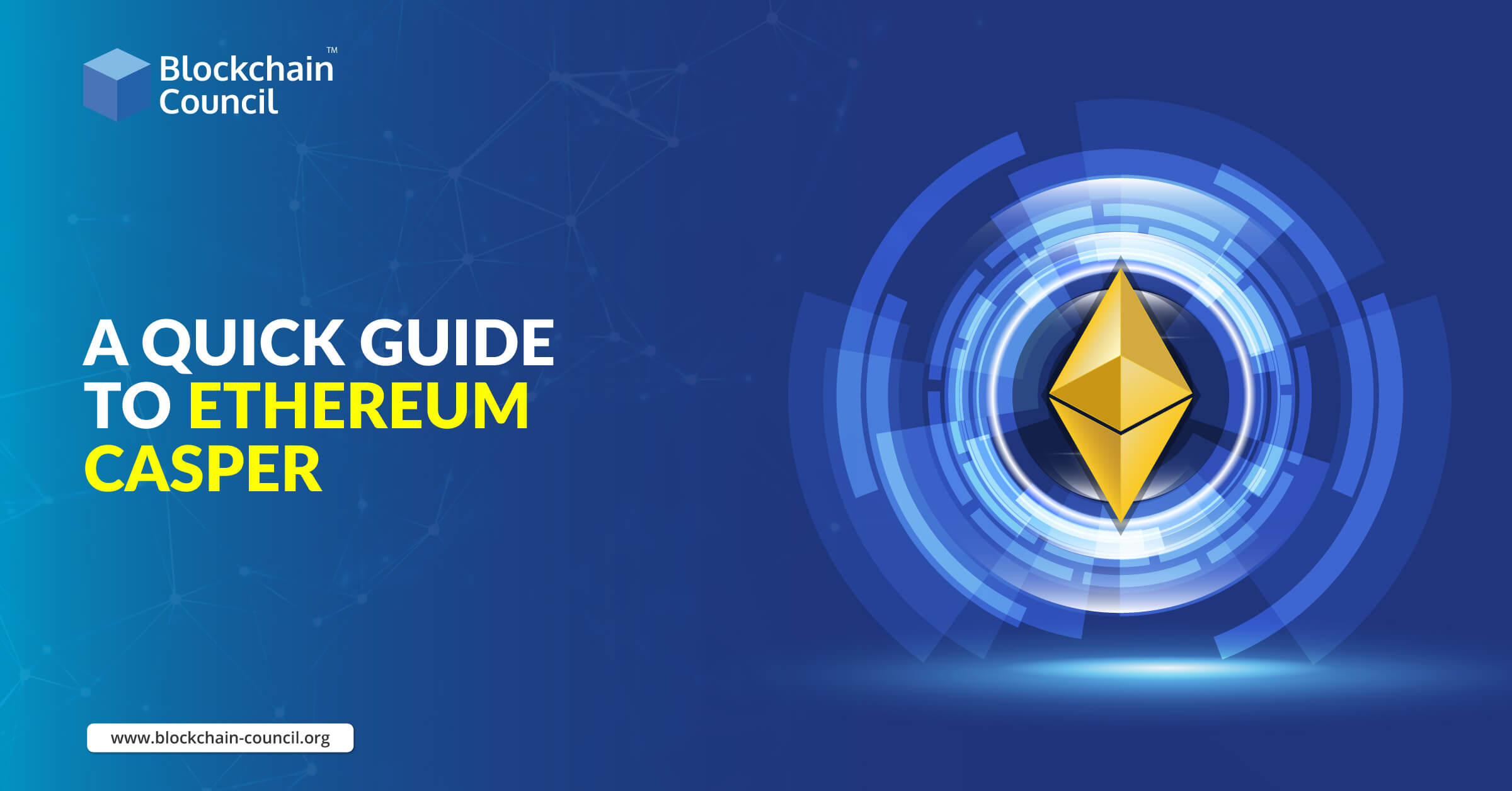
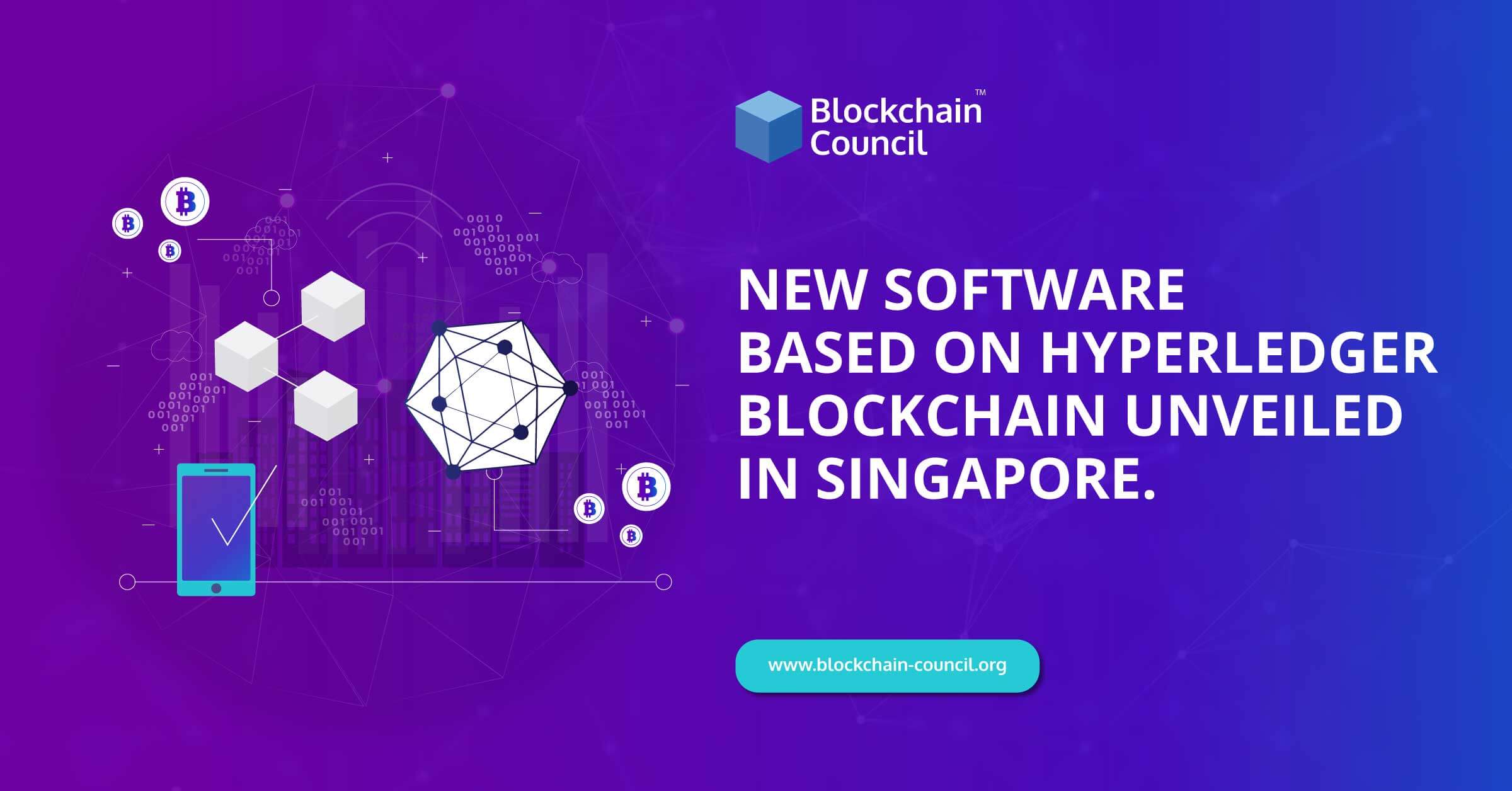
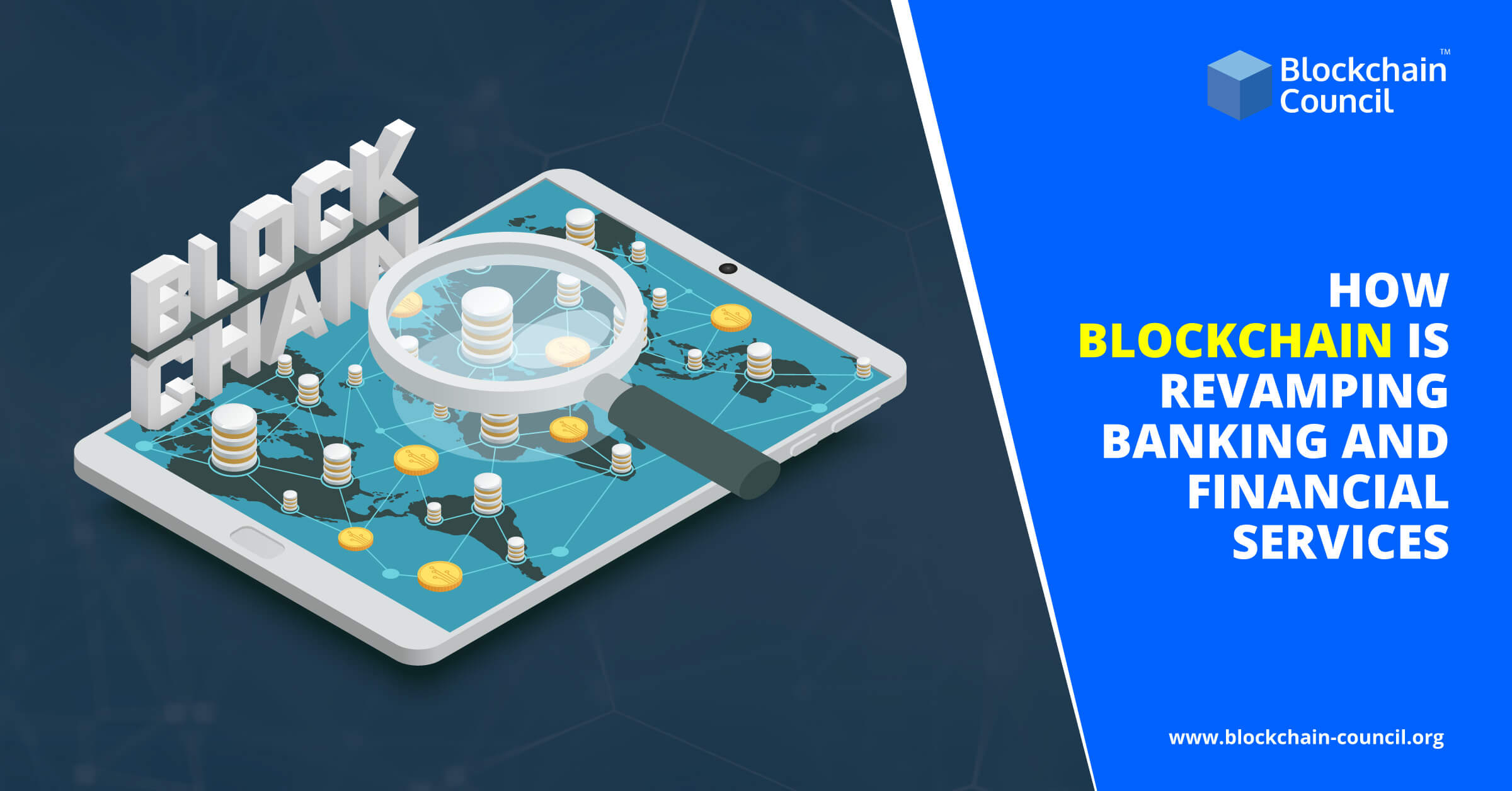
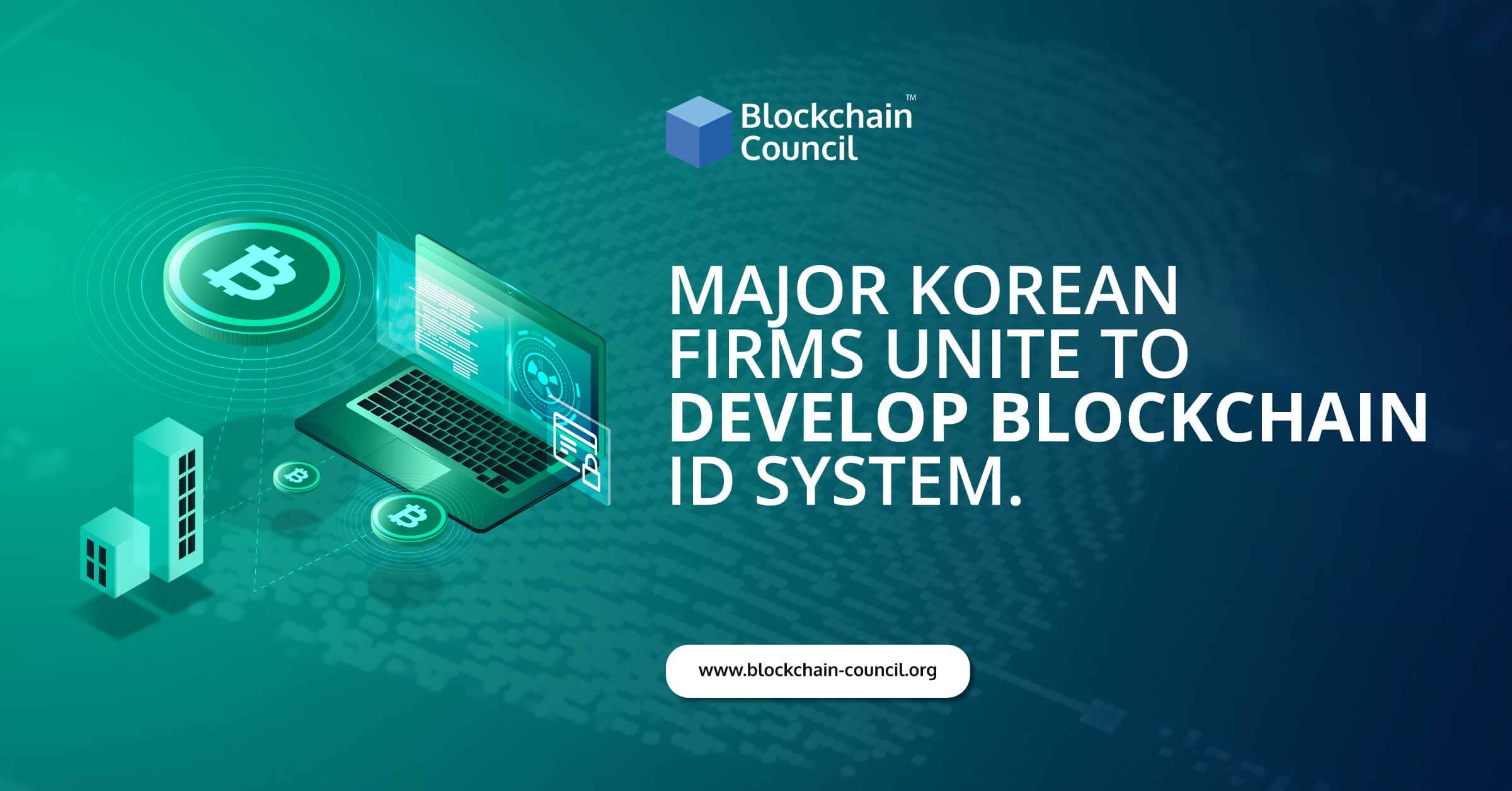
 Guides
Guides News
News Blockchain
Blockchain Cryptocurrency
& Digital Assets
Cryptocurrency
& Digital Assets Web3
Web3 Metaverse & NFTs
Metaverse & NFTs
